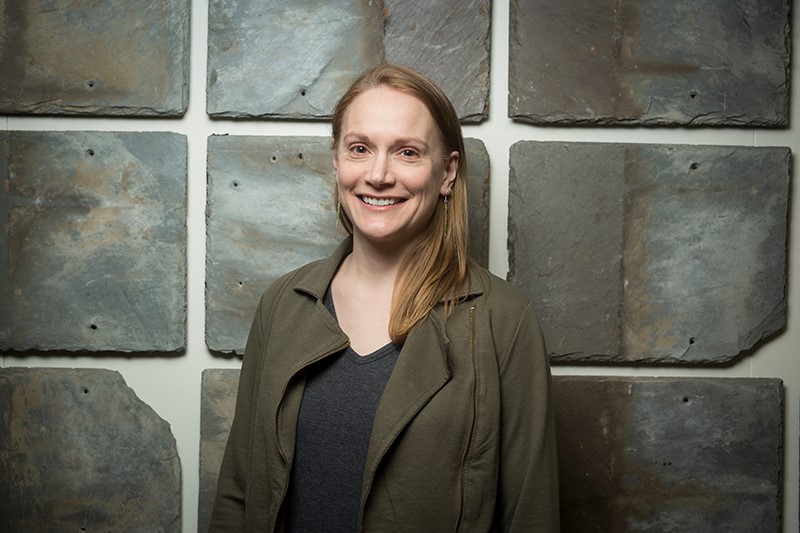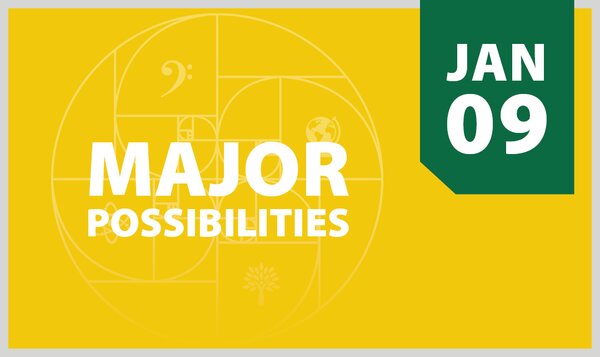
Indigenous Student Achievement Pathways supported through $100,000 NIB Trust Fund contribution
Established in 2012, ISAP welcomes First Nations, Inuit, and Métis students to the College of Arts and Science through academically grounded programming that builds confidence, knowledge, and skills
By Shannon Boklaschuk
Layne Daniels is grateful for the Indigenous Student Achievement Pathways (ISAP) program at the University of Saskatchewan (USask).
“I strongly recommend looking into Indigenous Student Achievement Pathways. I have made great connections with the coordinators, my professors, student mentors, and classmates. This has helped me so much, being new to this learning environment but also new to the university,” said Daniels, a student in USask’s College of Arts and Science.

“There are excellent resources brought to you in this program. I have been able to attend many online seminars with different professions I am interested in. This allowed me to open my view to all that the Arts and Science college has to offer,” she added.
Established in 2012, ISAP welcomes First Nations, Inuit, and Métis students to the College of Arts and Science through academically grounded programming that builds confidence, knowledge, and skills, while connecting students to one another and to the larger campus community.
The value of ISAP has been recognized by the NIB Trust Fund, which recently contributed $100,000 to support the program. The goal of the NIB Trust Fund is to help First Nations and Métis people, organizations, and communities address the long-lasting impacts of the residential school system, and to support education programs aimed at healing and reconciliation. Funds are available to First Nations and Métis individuals, groups, and organizations through a competitive application process.
“The NIB Trust Fund supports ISAP in its program mandates to offer youth opportunities to reclaim Indigenous ways of life and back-to-the-land programs, support post-secondary Indigenous students in their academic success and community, and the mentorship program of successful university Indigenous alumni to our students and future leaders,” said NIB Trust Fund program manager Dwight Bero Jr.
“Our students—approximately 80 per cent First Nations and 20 per cent Métis each year—are a cohort that have been strongly affected by the residential school legacy,” said Dr. Sandy Bonny (PhD), ISAP and STEM Pathways team lead. “ISAP programming responds directly to the Truth and Reconciliation Commission of Canada’s calls to address educational and employment gaps between Indigenous and non-Indigenous Canadians.”
Through ISAP, students connect with Indigenous faculty members, staff, alumni, Elders, and peers through a combination of academic and co-curricular programming. For example, ISAP learning communities help bring USask students with common academic goals together in popular first-year courses, as well as through weekly gatherings with upper-year peer mentors.
Bonny said a key motivation in seeking support through the NIB Trust Fund was to facilitate the increased participation of Elders and knowledge keepers in curricular programming and to broaden the scope of ISAP’s activities beyond its start as a first-year learning community program.
_(2).jpg)
The new funding will help to advance several initiatives, including an upper-year student mentorship network—the Indigenous Student Scholar’s Experience—launching this term. It will also enhance existing academic and cultural programming and enable ISAP staff to continue to adapt with flexibility to the needs of Indigenous post-secondary learners and their families in the current context of remote learning. Most USask courses continue to be offered primarily through remote online learning, with extremely limited in-person instruction, to protect the health and safety of students, faculty, and staff during the COVID-19 pandemic.
Daniels, who is interested in health care, said ISAP’s Medicine Wheel Learning Community is the perfect fit for her educational journey. Daniels also appreciates ISAP’s smaller classes, which enable her to make personal connections with classmates and professors.
“The Indigenous Student Achievement Pathways is a program that builds community, where we attend weekly meetings with volunteer student mentors. This is something I really appreciate, specifically with the remote learning due to COVID-19,” she said. “This is where we check in with our emotions, how we are handling our course loads. I have also been shown many other resources available to students through the university.”
To meet increasing student interest in the program, ISAP is aiming to increase the number of seats available in its first-year learning communities. This will require “expanded recruitment and engagement of excellent instructors and teaching assistants from across our academic departments,” said Bonny.
“ISAP instructors and staff work hard to build a collaborative learning environment for our current students,” she said. “This includes regular engagement with Elders and community advocates who understand the challenges our students face and can encourage them to claim space within our institution, while highlighting opportunities to connect with Indigenous knowledges, perspectives, and priorities, and to position these as assets for academic resiliency and success.”

